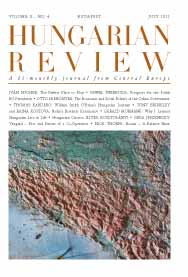The New Sans Souci – Remembrance of a Garden of Szepesség
The New Sans Souci – Remembrance of a Garden of Szepesség
Author(s): Olga GranasztóiSubject(s): Cultural history
Published by: BL Nonprofit Kft
Summary/Abstract: The New Sans Souci garden fell out of use some two-hundred years ago, yet its unusual history and charm, vivid in historical memory to this day, may well explain why it has retained a more prominent place in the cultural history of the region than many other baroque gardens of Hungary that have since fallen into ruin. Christened Új Sans Souci (or New Sans Souci), the garden was located near Illésfalva (Iliašovce in Slovak and Sperndorf in German), a village in the region of historical Hungary known as Szepesség (today perhaps more familiar as the Spiš region of Slovakia) some ten kilometers from Lõcse (Levoča in Slovak, Leutschau in German). The area of the one-time garden, which is still referred to as Sans Souci on maps made for tourists, lies roughly a half-hour’s walk from the village, on a knoll surrounded by pine forests. The surroundings have changed little. Far from the clutter of houses and buildings, nestled in the most beautiful landscape of the Szepesség, they recall the one time enchantment of the garden. The garden was completed in 1776 on the basis of the conceptions of Count István Csáky and his wife Júlia Erdõdy. Looking at satellite pictures of the landscape, one can still imagine how the original garden must have looked on the basis of its design, even if not a single building remains. It has fallen prey to the forces of nature, but there are no new buildings in the area, and no other traces of human intervention.
Journal: Hungarian Review
- Issue Year: II/2011
- Issue No: 04
- Page Range: 113-122
- Page Count: 10
- Language: English

